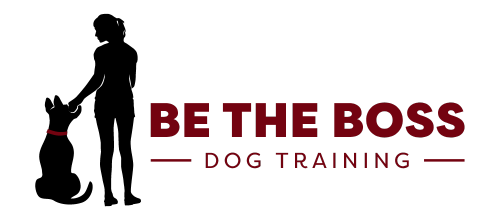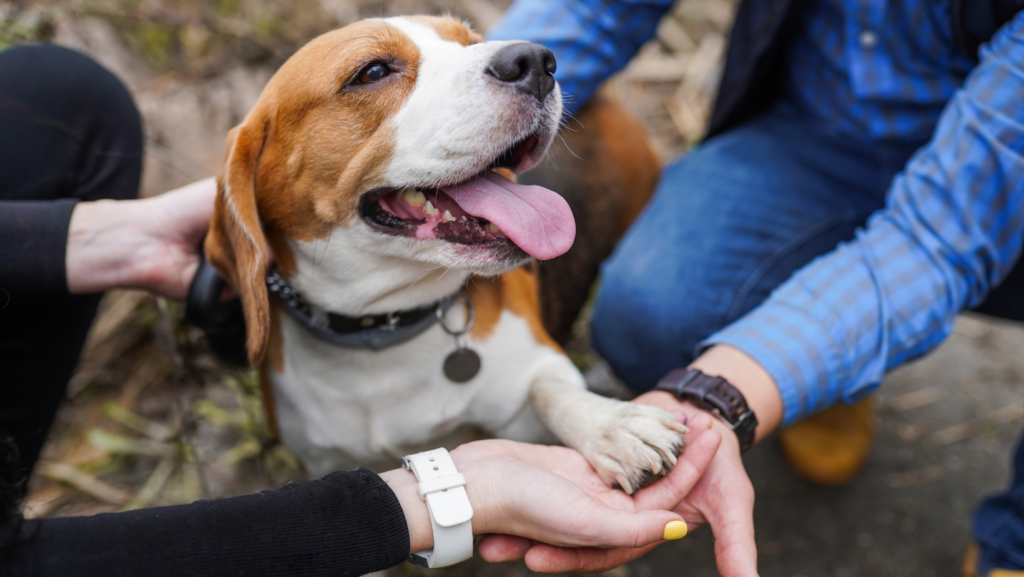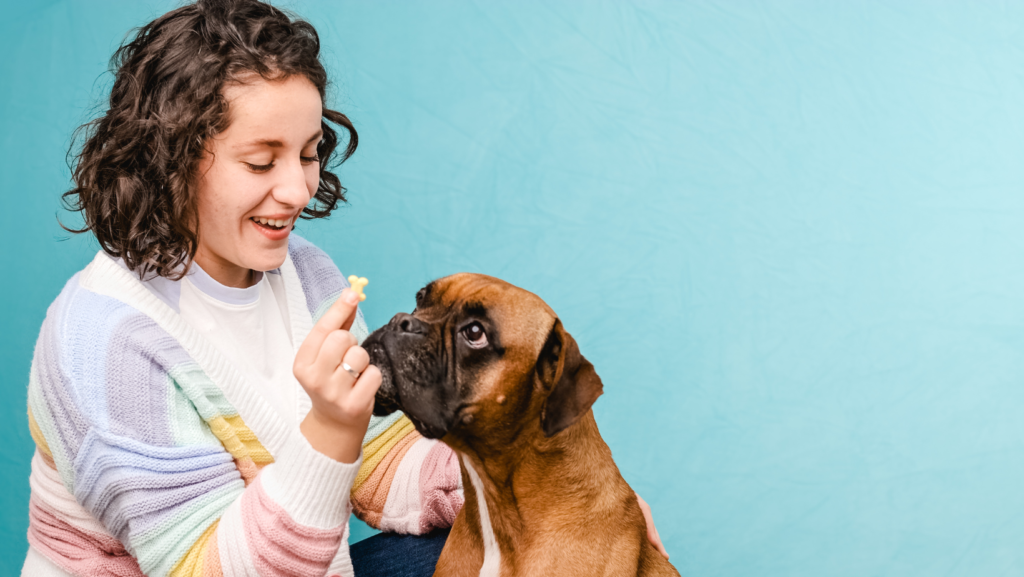Every dog owner has experienced it. You say something unexpected or a strange noise catches your dog’s attention, and there it is—the iconic head tilt. It’s one of the most endearing behaviors a dog can display that melts our hearts.
But let’s get real for a moment: Is that adorable head tilt just about being cute, or is there something more behind this behavior? And, more importantly, how can understanding it benefit both you and your dog?

Why Do Dogs Tilt Their Heads?
You might think the head tilt is just a quirky behavior, but there are several theories about why dogs do this. Let’s break down the primary reasons:

Improving Hearing: Dogs have a remarkable sense of hearing, much sharper than humans. But even with their acute hearing, dogs may tilt their heads to better locate the source of a sound. By adjusting the position of their ears, they can more accurately pinpoint noises, especially high-pitched ones. This behavior is similar to how a satellite dish moves to capture the strongest signal. Your dog’s head tilt is not merely a reaction; it’s an active engagement with their environment.

Visual Perspective: Another compelling theory is that dogs tilt their heads to see better. A dog’s muzzle can obstruct its view of certain things, especially when they’re close to the ground. By tilting their heads, they adjust their line of sight to see your face more clearly or understand what you’re holding. Dogs are incredibly attuned to human facial expressions, and the head tilt may help them read those expressions more accurately.

Communication and Empathy: Some studies suggest that dogs may tilt their heads as a way of empathizing with us. Dogs are social creatures, and they have evolved alongside humans for thousands of years. They have developed keen skills for reading human emotions and reacting to them. When a dog tilts its head, it could be trying to show you that it’s paying attention, that it cares about what you’re saying or feeling. It’s a sign of engagement, a non-verbal way of saying, “I’m listening.”

Learning and Curiosity: Dogs are naturally curious animals. When they encounter something unfamiliar—be it a sound, a word, or an object—they might tilt their heads as a way of showing interest and trying to understand. This behavior is especially common in younger dogs and puppies who are still learning about the world around them. The head tilt could be their way of processing new information and making sense of it.

Positive Reinforcement: Let’s not forget that dogs are quick learners. If every time your dog tilts its head, you shower it with praise, affection, or treats, it will quickly associate the head tilt with positive outcomes. Over time, your dog may start tilting its head more often simply because it has learned that this behavior pleases you and results in rewards. This aspect underscores the importance of being aware of how our reactions can reinforce certain behaviors in our pets.
Leveraging the Head Tilt for Better Training and Communication
Now that we’ve dissected the head tilt, it’s time to use this knowledge to your advantage. Understanding the underlying reasons for this behavior opens up new avenues for enhancing your relationship with your dog. Let’s explore how you can use the head tilt as a powerful tool for training and communication.

Using Head Tilts in Training: Knowing that a head tilt indicates curiosity and attention can be incredibly useful in training scenarios. When you notice your dog tilting its head, it’s a sign that they are engaged and trying to understand what you’re communicating. Use this moment to reinforce commands or introduce new ones. When your dog tilts its head, seize the opportunity to issue a command or give a cue, then reward the behavior you want to see. This method leverages your dog’s natural curiosity to facilitate learning.

Identifying Concerns: While the head tilt is usually harmless, it’s essential to be aware of your dog’s overall body language. If your dog tilts its head frequently and seems disoriented, uncoordinated, or shows signs of discomfort, it could be a sign of an underlying health issue, such as an ear infection or neurological problem. Don’t dismiss these symptoms; consult your veterinarian if you notice any unusual behavior. Early detection and intervention can prevent more serious health problems down the line.

Enhancing Bonding and Trust: A head tilt can be a clear indicator that your dog is paying close attention to you. Use this to strengthen your bond. When your dog tilts its head, take it as an invitation to communicate and connect. Speak to your dog in a calm and reassuring tone, making eye contact. This interaction will deepen the trust between you and your pet, reinforcing your role as a reliable source of guidance and safety.

Strengthening Communication: By understanding that the head tilt is a sign of engagement, you can use it to improve how you communicate with your dog. When you notice the head tilt, consider what you’re saying or doing that has caught your dog’s attention. Is it a specific word, tone, or sound? Use this awareness to fine-tune your communication. Remember, dogs are keen observers, and they respond not just to words but to tone, body language, and facial expressions. The head tilt is a signal that your dog is tuned into you, so use this moment to communicate clearly and effectively.

Embracing the Cuteness, Responsibly: Yes, the head tilt is undeniably cute, and it’s okay to enjoy this endearing behavior. However, don’t let the cuteness overshadow the significance behind it. Recognize that when your dog tilts its head, it’s showing engagement, curiosity, and a desire to understand. Respond to this behavior not just with affection, but with awareness. Use it as a cue to interact meaningfully with your dog, whether through training, play, or simply spending quality time together.
The Final Tilt: What We’ve Learned
The next time your dog tilts its head, don’t just see it as an opportunity for a cute photo op—although, let’s be honest, it’s impossible to resist! Understand that this behavior is a window into your dog’s world. It shows their desire to connect, understand, and engage with you. By recognizing and responding to the head tilt, you’re not just reinforcing a cute trick; you’re strengthening your bond with your dog, improving communication, and enhancing training. It’s a small gesture that carries a big meaning.





